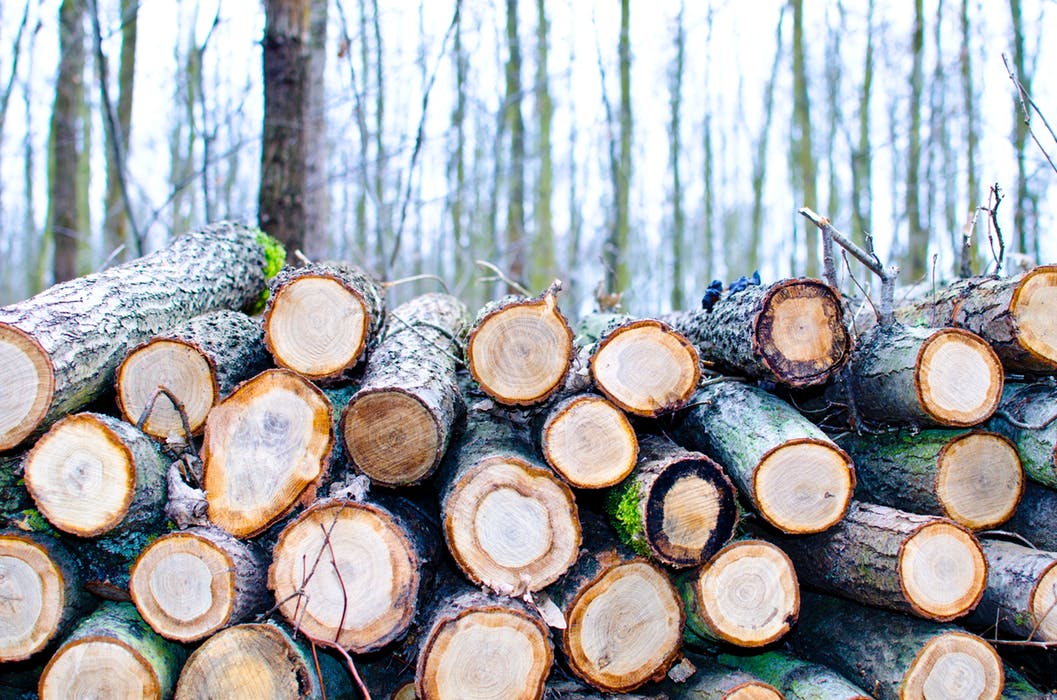
There are many ways a beautiful canopy can become unhealthy. When we’re busy we may miss the signs our plants are having trouble thriving, which may even require removal by a tree cutting service.
So, we’ve asked an Australian tree cutting service about some of the most common reasons behind our not so happy plants. Here are 5 ways our plants may become at risk…
- Climate
Australia is an incredible continent with a diversity of landscapes. We really have it all, from tropical, to alpine, to arid, and temperate.
Plants, especially our natives, thrive in our extremities. But they have to be paired with the right regional climate.
For example, the Acacia Aneuracan withstands outback-like conditions, while the Golden Wattle is best suited to the moderate conditions of Southeastern Australia.
Our tree cutting service advises that we should also bare in mind the micro-climates in states and local areas. Did you know Victoria has a hot inland, frosty highlands, and temperate coastline? Conditions can even shift across a suburban garden.
This affects soils and the plants that can grow.
- Heat stress
When temperatures get unusually high, plants suffer the consequences of the reduced moisture.
Australia is prone to the extremities of drought. Our tree cutting service shares some common symptoms of heat stress…
- Shedding leaves to conserve water
- Wilting
- High alkaline levels
- Reduced fruit production
- Crunching and yellowing of leaves
What should you do when you notice these signs? Our tree cutting service advises that the most important thing is additional watering on the daily. Keeping plants shaded and cool will help retain moisture. Remember that in dry conditions, it takes longer for excess water to soak up.
- Nutrients
Most plants need a few basics like the N-P-K, in order to thrive and survive. That is, 10% Nitrogen, 10% Phospherous, and 10% Potassium. However, the ratios change depending on the plants we’re talking about, as our tree cutting service explains. As grass is mostly vegetation, we’re looking at 30% Nitrogen, and none of the latter two.
- When our plants are missing Nitrogen, a major sign is the faded colour on the leaves. Dark green leaves may turn light green.
- Phosphorous is for root growth and development, including flowers. A deficiency in a tomato plant will appear as a purple colouring of leaves. Those with enough phosphorous will have more happy and plentiful blooms.
- Potassium is a nutrient supporting the plant’s health and strength. It helps regulate temperature and fight diseases. Deficiencies can be seen from the yellowing of leaves, from the outside-in.
Our tree cutting service also point out a few of the lesser known secondary nutrients that our plants need, and what happens when these are missing…
- Calcium – important in building cell walls. When deficient, the growing tips in shoots and roots collapse, so leaves appear deformed.
- Magnesium – helps in the uptake of food and in seed formation. When deficient, the plant takes on a veiny appearance.
- Sulphur – a soil conditioner to make chlorophyll. An initial sign of deficiency is young leaves turning light green.
- Pests and diseases
Large infestations of insect pests such as aphids can consume the plant’s fluids via leaves and stems. Fungi is another source of decay and disease.
Here are some simple tricks to help avoid these…
- Garden hygiene including weeding
- Good drainage
- Nourished plants
- Open growing areas with good air circulation
Keep an eye out for these 5 risks by our tree cutting service and you’re on the right path to a happy and healthy garden.
